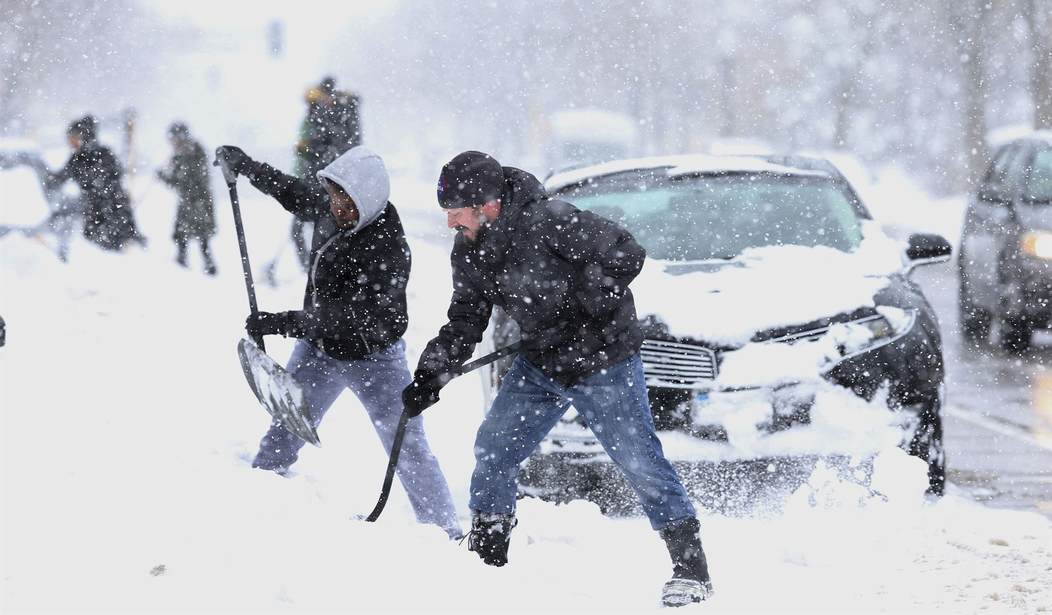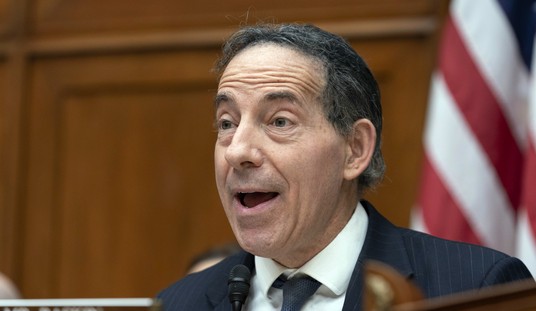Even as the devastating January wildfires in Los Angeles were decimating the Palisades and Altadena neighborhoods, the usual suspects came out in force and blamed the tragedy on changes in the environment. It was dry and exceptionally windy at the time, true, but there were a number of other factors that contributed to the disaster: an empty 117 million gallon reservoir above the Palisades, a fire department that was obsessed with woke social justice, budget cuts, hydrants that didn’t work, a mayor who was overseas, failure to keep the forest floors clean, and more.
Here’s Gov. Gavin Newsom fearmongering in 2020:
What climate change have we seen recently? Actually, record snowfall over the last three years:
Let it snow, let it snow, let it snow:
The April 1 reading, considered the most important of the year by water managers because it comes at the end of the winter season, follows two previous years when the snowpack reached 111% of normal on April 1 last year and 237% in 2023.
Although Tuesday fell just short of a third year in a row above 100%, together the past three years represent most bountiful three-year period for the Sierra snowpack in 25 years. The last time there was this much snow three years in a row came in 1998, 1999 and 2000.
It’s a Goldilocks moment:
“Gosh, what a relief,” said Jay Lund, a professor of civil and environmental engineering at UC Davis. “We’re in good shape. This is one of the better years in recent decades. We’ve had quite a lot of good precipitation this winter, especially in Northern California. And we haven’t had any major flooding. It’s been a near-Goldilocks amount. Just right.”
Musk's tweet continues:
The issue with LA was failure to create fire breaks and clear brush, combined with failure to ensure sufficient water supply and terrible mismanagement at the state, county and city level.
One great benefit of all that snow: it will replenish the Golden State's reserves:
One big benefit of multiple wet winters is that the rain and snow, as it melts, fills California’s reservoirs.
“It’s pretty remarkable to see after what we have been through,” said Andy Reising, snow survey manager at the state Department of Water Resources. “The reservoirs are above average for this time of year. It’s a great sign moving forward.”
The biggest reservoirs statewide averaged 117% on Tuesday of their historical April 1 amounts.
It also makes it a fantastic time to take to the slopes:
Sierra-at-Tahoe ski resort in El Dorado County, about 6 miles south of Lake Tahoe, reported Tuesday that 20 inches of snow fell in the previous 24 hours and another foot was expected by Wednesday. In March, the resort had 81 inches of accumulated snow — nearly 7 feet.
“This storm was a cold one and has done some great things for our snowpack,” said Andrew Schwartz, lead scientist at UC Berkeley’s Central Sierra Snow Lab near Donner Summit. “If you are a skier or snowboarder, I would encourage you to get up because conditions are fantastic.”
I used to own a ski condo in Mammoth Lakes, and some years it was dry as a bone while in others we’d get snowed in for days at a time as the blizzards just kept coming. We called it “the weather.”
Some years we get record rain here in Los Angeles, some years we don’t.
Read More: It’s Raining Cats and Dogs in California—but What Happens to All That Water?
Huge Rain Finally Comes to Drought-Stricken California, Media Predictably Moans
This is good news for California but bad news for the scolds. One day, we’ll have another dry year, and then they can go back to lecturing to us about how we caused a drought and that we need to stop showering and watering our lawns, but for now, at least, that narrative has lost its punch.












